25 Comments
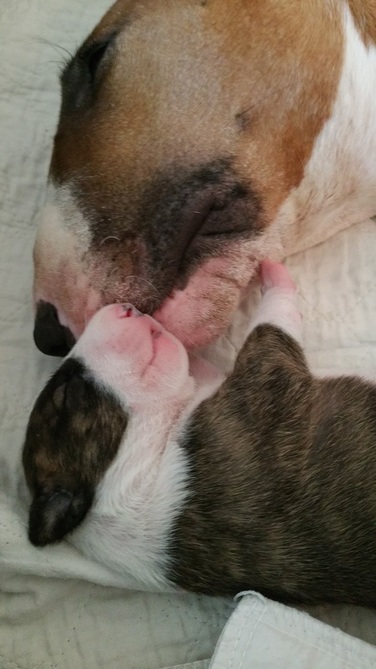 The puppies have gained amazingly. We like to see them double their birth weight at ten days – they’re pushing triple. Everyone’s fat and shiny and quite precocious. They’re showing huge will to get up on their legs and walk, and a few of them are pooping on their own. We’ve now got five generations of Madcap Bull Terriers under our roof – more about that, later. On the topic of supplementing a litter, as with almost everything else in dogs, there's no one right answer, it depends on a number of variables, and it varies tremendously from breed to breed. I have learned my lesson that just because a bitch CAN feed a large litter, does not mean that she SHOULD. Pippi’s mother, Daphne stayed in the box 24/7 with her second litter and they nursed in shifts just about continually. She was dripping milk and easily fed all 8 puppies - and she also wound up with eclampsia, which I hope none of you ever have to experience because it's scary as all get out. 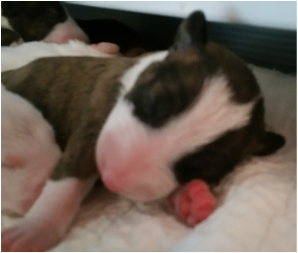 Bikini Bob Bikini Bob
We’re past first 72 hours (also known as the “Thank You For Not Dying” stage) and we’re beginning to enjoy the puppies more, rather than hovering over them watchfully. A friend of mine commented that she has no memory of any of her litters before 3 days old and I have to agree - there’s something about the first 72 hours that generates manic feelings of instinctive protectiveness rather than actual bonding. Now they’re more like “real” puppies instead of half-baked embryos that we have to protect, and we can start relating to them as individuals. We’ve even given some of them names. It happens that this change in our emotion toward the puppies corresponds with the time that the bitch’s real milk (as opposed to colostrum, which is lower in calories) normally comes in.
|
Categories
All
AuthorJane Messineo Lindquist (Killion) is the director of "Puppy Culture: The Powerful First Twelve Weeks That Can Shape Your Puppies' Future" as well as the author of "When Pigs Fly: Training Success With Impossible Dogs." Archives
November 2022
|
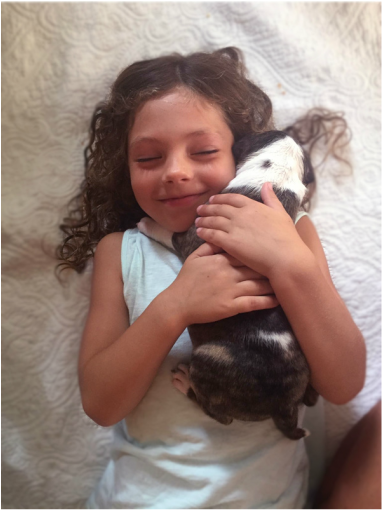
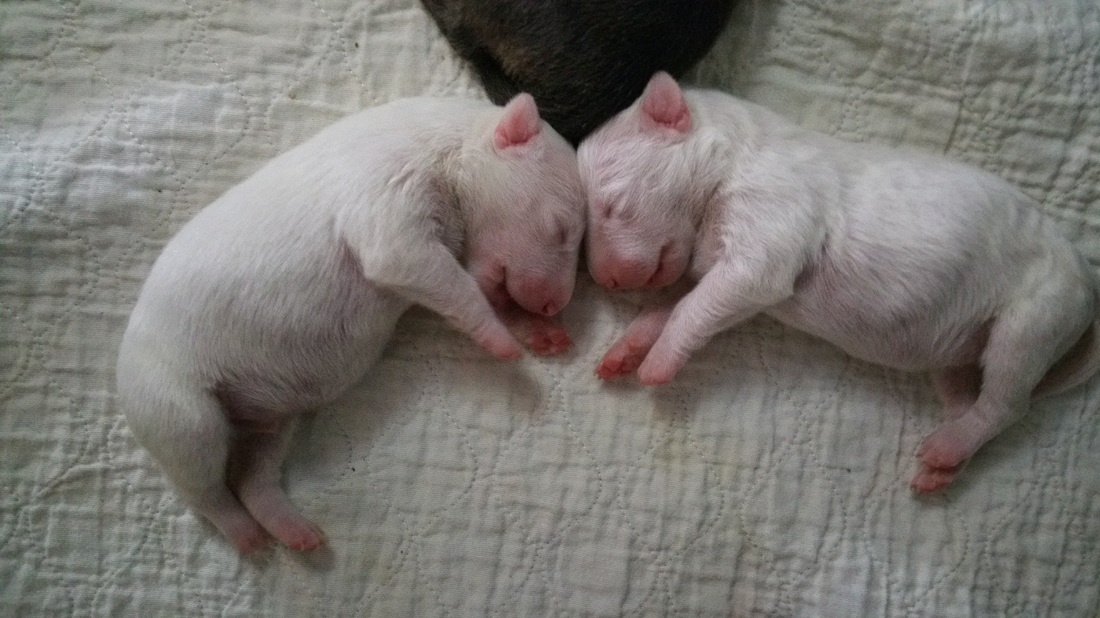
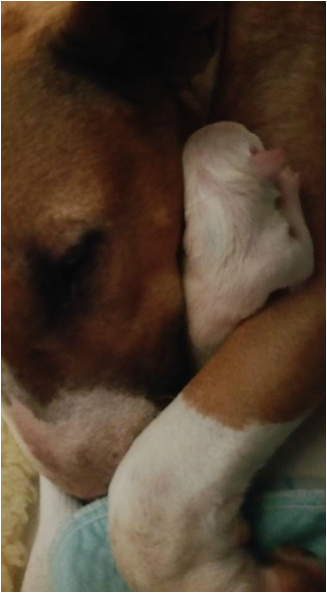
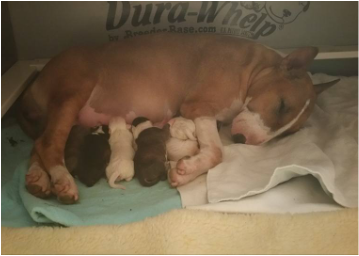
 RSS Feed
RSS Feed